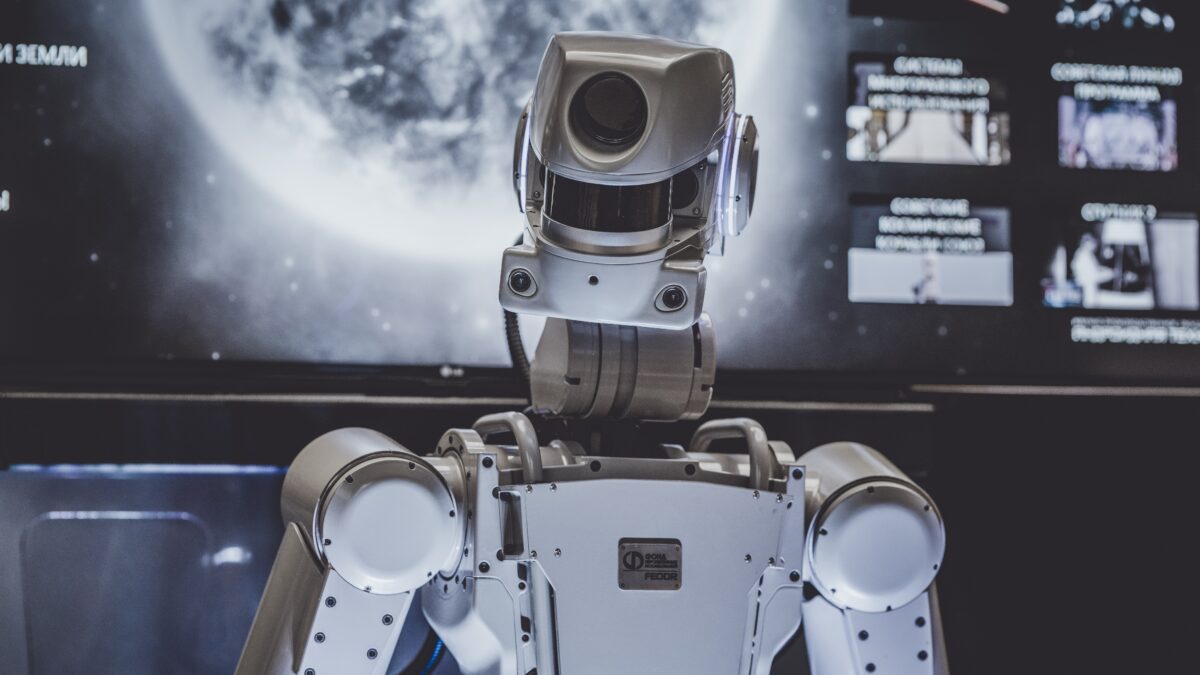

Anticipatory Leaders™ understand that we are at a unique point in human history, filled with waves of disruption and opportunity. We are doing things today that were impossible just a few years ago. If you look at the Hard Trends that are shaping the future, you can easily see that we will be doing things two years from now that are impossible today. That means the old rule, The Big Eat the Small, is being replaced by a new rule, The Fast Eat the Slow. They know this new reality is driven by the exponentially increasing rate of technology-driven change. Many wonder why so many established organizations of all sizes are moving so slow. The answer is simple: they think they are moving fast. But in this new era, they’re actually moving slower than they realize.
Young professionals are aware their organization’s pace is too slow as their mindset is less historical. They have looked around and seen others outside of their industry moving much faster. The best and the brightest of the younger employees often see the older leaders in their organization as almost fearful of making a bold move.
Anticipatory Leaders leverage the complementary strengths and weaknesses of all generations to enable the organization to move forward faster. They combine the wisdom and experience of the older employees with the out-of-the-box thinking and awareness of new technology that the younger employees have to accelerate innovation and growth. They use the confidence that comes from the certainty of Hard Trends to jump ahead quickly with low risk. They know that not moving faster and bolder is the bigger risk and that if they don’t take advantage of new technological capabilities, someone else will!
Here is a big insight that Anticipatory Leaders know: trying to keep up in today’s world will only keep you behind. The reality is that the company you are trying to keep up with is not standing still. It is most likely ahead because it is anticipatory and moving far faster, keeping a good distance ahead of you. It embraces the fact that in a world of exponential change, the advantage comes from jumping ahead of the change curve with the confidence that comes from high levels of certainty, and not relying on reacting quickly after the disruption or problem happens.
When we think of innovation today, we tend to think of the big innovations that disrupt industries or create a new product or service line. This type of innovation doesn’t happen very often in traditional organizations and often has long time frames from ideation to implementation. In addition, only a small percentage of all employees will be involved in the process. Anticipatory Leaders go beyond reactive innovation, even fast, reactive, agile innovation, and empower employees with two new types of anticipatory innovation: Everyday Innovation and Transformational Innovation.
Everyday Innovation empowers all employees to implement inventive solutions to everyday problems by providing easy-to-use methods for rapid problem-solving. This includes applying Problem Skipping and the Law of Opposites, as well as keeping their opportunity antenna up to look for potential problems to pre-solve before they happen. It’s amazing how innovative people can be when they know a few basic principles and are empowered to take positive action immediately.
Transformational Innovation involves identifying the Hard Trends that are shaping the future and using them to become a positive disruptor, jumping ahead with the low risk that comes from certainty and the knowledge that if you don’t do it, someone else will.
If you would like to go beyond agility and become an Anticipatory Leader, pick up a copy of my latest bestseller, The Anticipatory Organization: Turn Disruption and Change Into Opportunity and Advantage, and consider our online Anticipatory Leader System.


